Sustainability is multifaceted. Starting with the conception of a product, it continues via procurement and the different components that go into manufacturing and extends to how the goods are used and their disposal or reuse. There is thus much to be done and plenty of possible starting points for becoming a little greener. And Messe Frankfurt, for instance, wants to demonstrate positive examples with Heimtextil.
Olaf Schmidt, vice-president of Textiles & Textile Technologies at Messe Frankfurt, addressed the complexity of sustainability efforts during a panel discussion at the start of Heimtextil, which took place in the Frankfurt exhibition halls from 10 to 13 January this year. The industry was facing a barrage of regulatory requirements at European level, he said, and there was a lot to be taken into account in Germany in particular. At the same time, he perceived great opportunities if companies embraced the topic, because there was great demand for sustainable concepts.
Moreover, suppliers were not alone in facing the challenges. "The textile industry is global," Schmidt emphasised. There were already great stimuli from the industry, he said, for example with regard to the use of new and recycled materials, the installation of photovoltaic systems, filter systems that recycle wastewater or the use of elements of Industry 4.0. Futurologist Prof. Dr Anabel Ternès was convinced that this knowledge needed to be shared: "We need to share experiences with each other to get more out of our businesses." Messe CEO Detlef Braun also believed that cooperation and collaboration were needed on the road to greater sustainability.
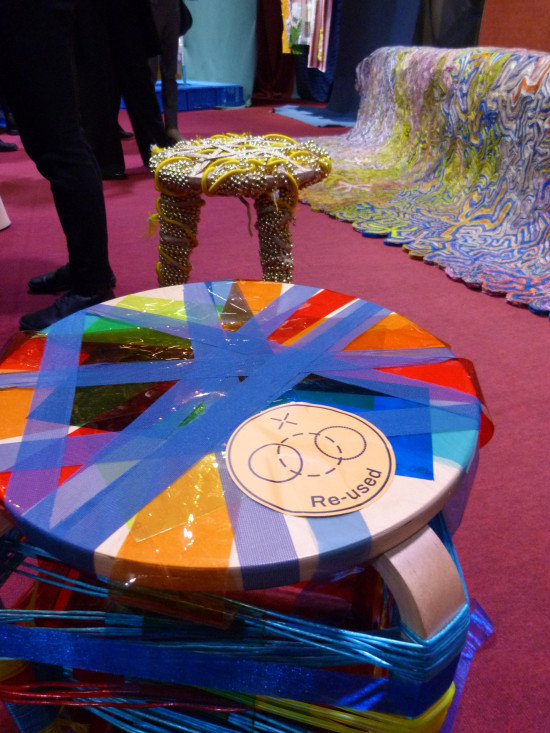
One example of this is German manufacturer Neutex, which featured in the context of a green tour. On these tours, external experts present companies that have implemented special measures for a greener business world. Neutex is working with Recover, a supplier of recycled cotton fibres from household textile waste, and Ocean Safe. Neutex and Ocean Safe are working together to develop recyclable products that are biodegradable. This initiative enables curtains and pillowcases to be returned to the earth to decompose after use.
Caroline Till also advocated the development of such holistic concepts. For the co-founder of the FranklinTill agency, which curated the trend area at the fair, "the ultimate goal is to keep goods in a closed cycle." She distinguished here between the biological and the technical cycle. In the biological cycle, natural materials that occur as mono-materials are used so that they can be completely recycled or returned to nature. In the technical cycle, the product components are designed in such a way that they can be broken down again into their individual parts and then processed further.
Karupannya Rangpur is another supplier highlighted on the green tour. The Bangladeshi manufacturer makes baskets, planters and decorations from natural materials such as cotton or jute as well as from fibres extracted from local agricultural waste. In addition, the company makes baskets from water lilies, which grow in large quantities in the area.
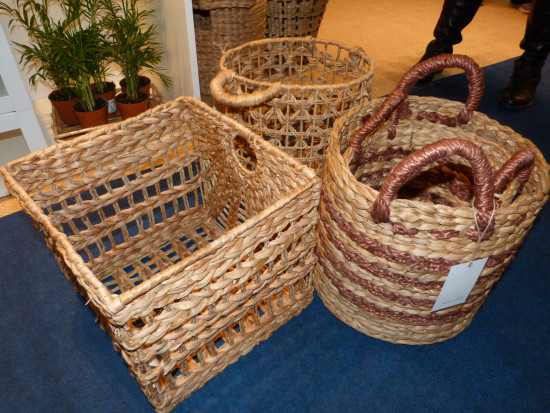
The Marburger Tapetenfabrik also uses natural materials and has developed a wallpaper based on clay. The clay is mined not far from the company's only production facility in Kirchhain, Hesse. According to the supplier, the material has a positive effect on the indoor climate due to its moisture-regulating properties.
What is currently in vogue quickly became clear on a tour of the fair: the fabrics and wallpapers appeared in natural colours and pastel shades or were colourful and bright. The patterns ranged from classically elegant and antique-ornate to modern designs. There were many floral motifs and tropical themes, ornaments and graphic patterns as well as 3D effects and photo wallpapers. The feel of the products also played a major role for many exhibitors.
This was the case, for example, with the two new collections from wallpaper manufacturer Hohenberger in which glass beads, flock or granite chips, for instance, provide texture. Managing director Ralf Taubert was convinced that wallpaper had enormous potential. It was evolving from a renovation product into a lifestyle product. At the same time, the product should not be defined by its low price; Taubert stressed that emotional appeal and advice were much more important. He considered the presence of wallpaper suppliers at trade fairs such as Heimtextil to be particularly relevant, because retailers had to have the opportunity to lay hands on the products and see their advantages for themselves, in order to communicate this to customers in a credible manner.
Constance Wingender, who is responsible for communications at Marburger, also had high expectations of Heimtextil. After a forced break of two years due to the coronavirus pandemic, they were all the more pleased to be back at the fair. "And we don't need to hide. We brought a lot of new products with us," she said.
44,000 visitors and 2,400 exhibitors from a total of 129 nations took part in this year's fair.

 Menü
Menü




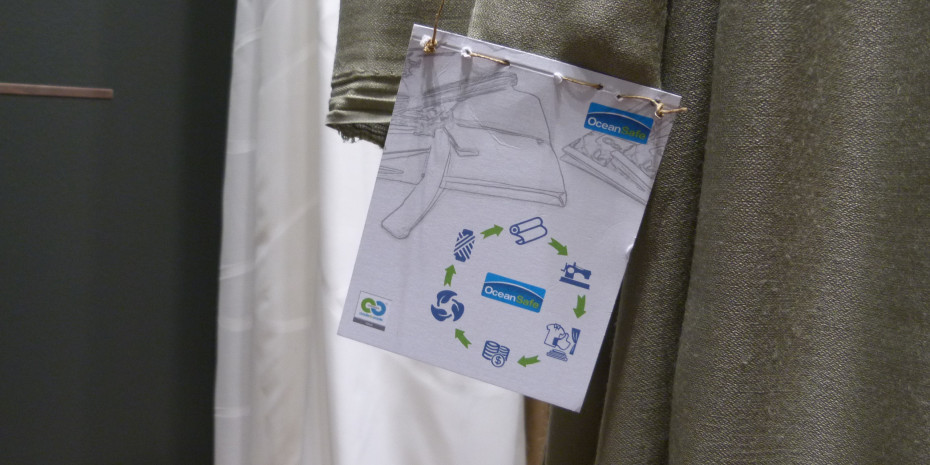
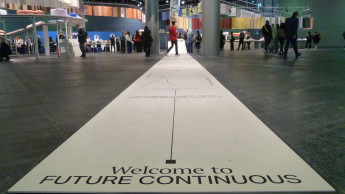
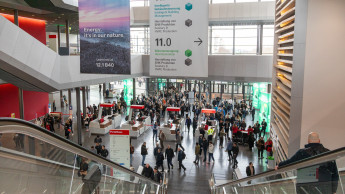
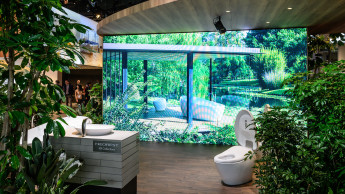


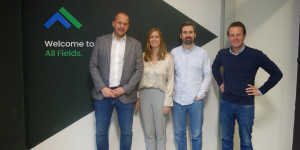

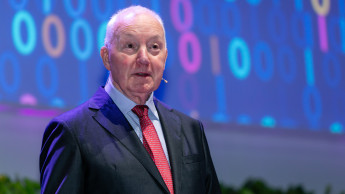
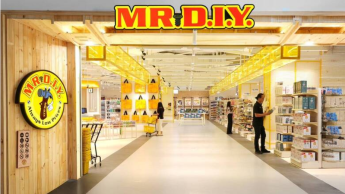

 Newsletter
Newsletter